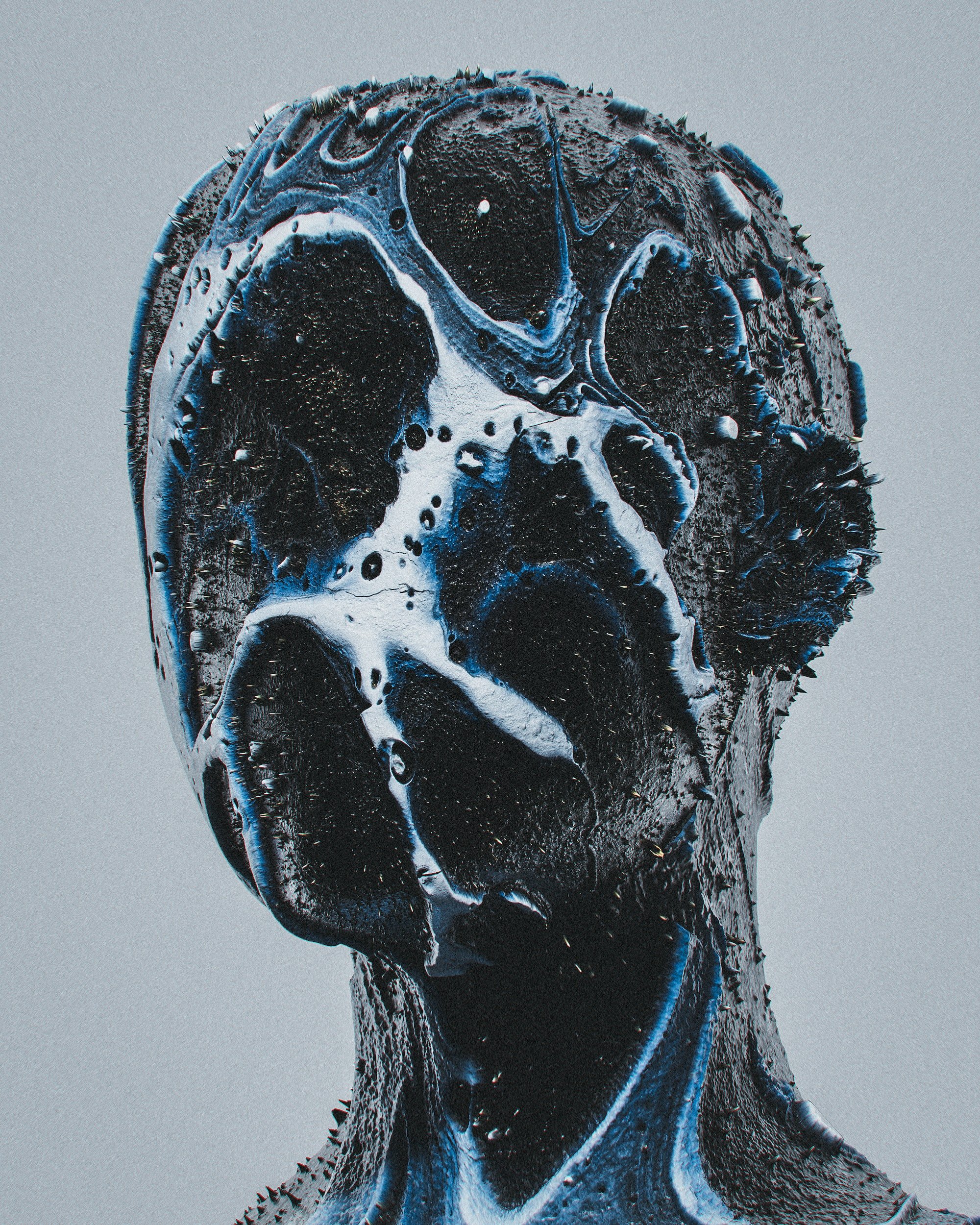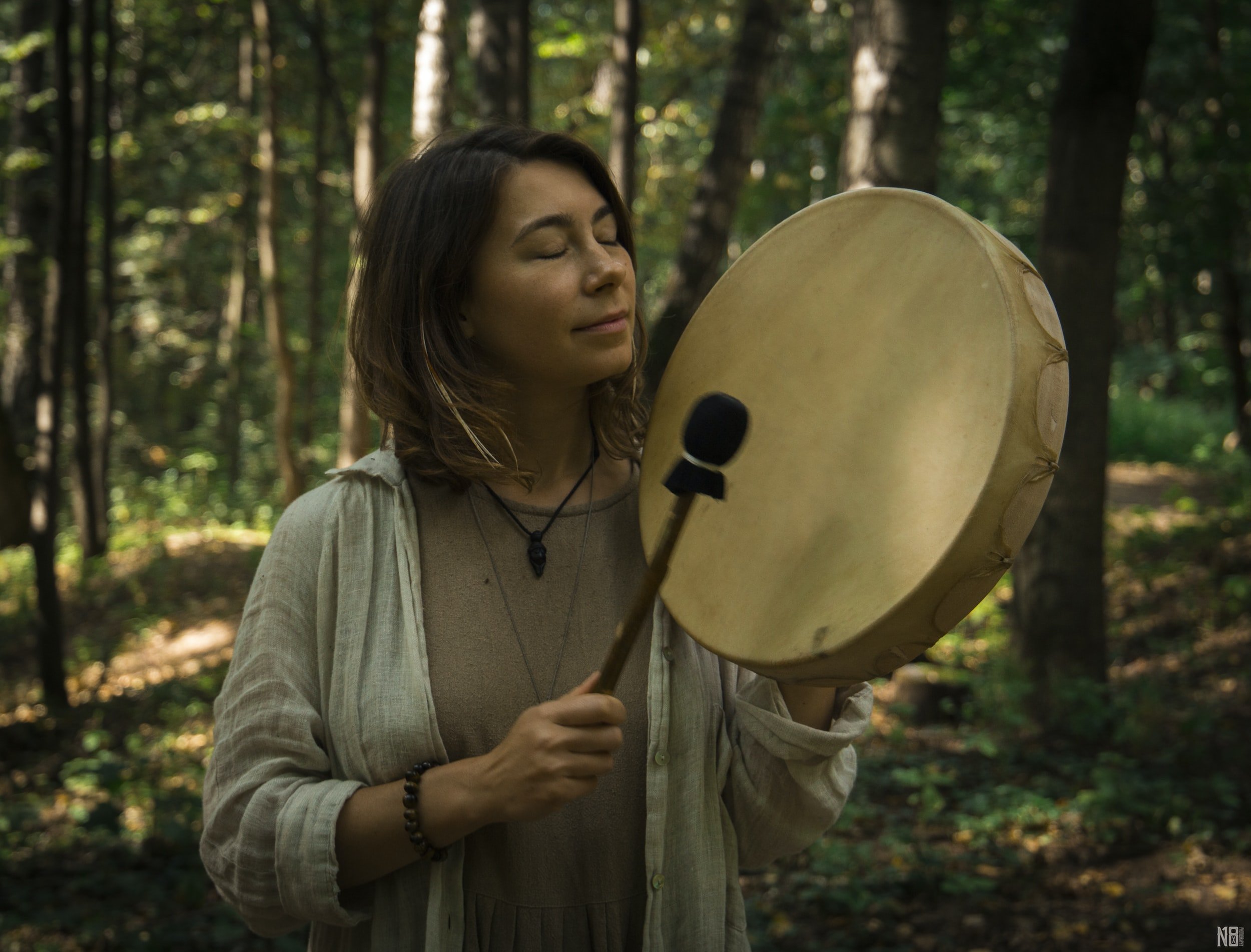Regain Control - How to Heal
Healing is a necessary part of life on earth. It is why we are here:
to heal our wounds and evolve toward a place of love, acceptance and contentment.
to stop projecting pain outward onto others and into the world around us.
That process starts from within.
In this blog, I explain why healing is important for every human, why avoiding healing leads to the replication of pain and trauma, how an integrated brain is central to the healing process and, most importantly, I discuss ways to heal.
Why Do You Need To Heal?
Each one of us comes into this world under different circumstances. Your experiences formed a path that has taken you to this very moment as you read this blog. It is what makes you unique. No one story is the same. Along this journey events happen; some are amazing, some are extremely challenging. Even the ones that seem nondescript can make a mark on your psyche and affect how you interact with the world.
When negative things happen, they can leave a pain point, trigger or trauma. This may be as seemingly irrelevant as a comment about your scruffy clothes when you were five years old, or can be the result of bigger traumatic events. Each episode in your life will have shaped the way you experience yourself and the world around you, albeit some more than others.
It's my belief that we can also absorb the energy of the people closest to us, as well as inherit trauma intergenerationally. And of course, there is the impact of living in a societal framework, whose rules and concepts do not necessarily serve the well-being of individuals.
The Shadow
So, whatever subjective world you grew up in, everyone on the planet has healing to do. No one is exempt. Everyone is on their own journey no matter how it might appear from the outside. There is no shame or weakness in this. It is a shared human condition.
Facing this reality and taking responsibility for the effects of your own lived experiences, whether they were intentional or imposed upon you unwillingly, is a path toward wholeness and contentment. A path of healing. Not only in yourself but by default also in your relationships, employment, and day-to-day life. Which in turn will affect your contentment and overall life satisfaction. It’s a reciprocal cycle.
Of course, it’s not always obvious where the wounds occur, why they are there, and how to heal them. This is something that takes patience, consistency, awareness, dedication and a whole lot of love and compassion.
It is painful and means you will have to face yourself at your darkest. Something not many people are willing to do.
But for as long as humans refuse to acknowledge their darkness and keep living from an ego-protective mode, the world will be dominated by shadow. Because the shadow cannot be hidden. As much as it seems easy enough to pretend that pain and perversion don’t exist, they do, and they will be expressed in our lives through subconscious behaviours, difficult relationship responses, damaging reactivity to triggers and at worst, rape, abuse and murder. It happens.
So how can you guide yourself along your journey of healing?
Research demonstrates that an integrated brain is a main indicator of well-being. Neuroscientists confirm that an important factor that facilitates a healing journey is having an integrated brain. This builds resilience and provides a stable foundation. During a recent online training session, psychiatrist, Dr. Dan Siegel explained that an integrated brain allows us to have the following traits he refers to as FACES:
✨ Flexible
✨ Adaptive
✨ Curious
✨ Energetic
✨ Stable
An integrated brain refers to all parts of the brain being connected and talking to each other. This means being able to cross decisions between the left and right brain and assimilating the various separations of the self toward a more integrated existence.
When the neurons and brain pathways link up, you are able to self-regulate and build resilience. This integration also refers to recognition of a body-mind connection and embracing the disparate parts of the self, such as:
🌓 masculine and feminine
🌓 powerful and vulnerable
🌓 light and dark - the shadow included.
The Research
What is seen from studies of psychiatric conditions and trauma survivors, is that parts of the brain can shut down or stop interacting, meaning there is a missing link, so the experience cannot be integrated (The Body Keeps The Score). Integration allows people to process and accept what happened to them, and ultimately move on to live a more fulfilled life.
A connected brain, that seamlessly fires information between left and right sides and accesses all areas, including the body, will respond to stimuli in the most rational and healthy manner, from a perspective that is more ‘whole’. In comparison to a learnt response that automatically activates from the emotional brain -this can be very reactive, protective or dissociative and whilst the response is a seemingly protective response, it is not necessarily appropriate or helpful in a normal situation.
An example from The Body Keeps The Score demonstrates a traumatised patient from a car accident who shut down all feelings and engagement, she essentially made herself disappear. This automatic protection response was carried through into her life subsequently, which meant she could no longer experience life in the present with any feeling or fulfilment:
‘Desensitisation may make you less reactive, but if you cannot feel satisfaction in ordinary everyday things like taking a walk, cooking a meal, or playing with your kids, life will pass you by’ (Bessel Van Der Kolk).
The goal is to work on the patient’s physiology; their relationship to their bodily sensations.
Dan Seigal reminds us that the brain is not just contained in a shell - the body is part of it. Healing can only be done from a holistic approach. Modern mainstream mental health in the west has focussed primarily on psychological therapies, but without engagement of the bodily and energetic aspects of the self, this approach will never nurture wholeness:
’‘When our senses become muffled, we no longer feel fully alive’ (Bessel Van Der Kolk).
For further reading on the way western science has favoured a disconnected approach, check out my blog True Self-Acceptance, Why It’s Hard
Mindfulness, Somatics, Compassion and Connection
Dan Seigal goes on to say mindfulness, body awareness and compassion are central to the process of integration. Studies have shown that long-term meditators and long-term athletes have more resilience and greater well-being.
Here are some of the proven physiological outcomes of practising mindfulness:
1. the stress hormone cortisol is lowered
2. the immune system's function to fight infections is improved
3. heart health improves - the way the heart in the chest communicates with the brain in the head
4. control and lower inflammation in the body - using the mind to alter the molecule's epigenetic regulators
5. keep chromosomes in tact and optimise telomeres which fight the symptoms and diseases related to ageing
This concept of integration reflects a connectedness, a unity in self. An acknowledgement that yes you are inside a body; there's an inner state that is felt. But you are more than that, you are connected to each other, to all of humanity, to nature, to the stars and planets. This, Dan Seigal refers to, as a concept of intraconnected living. Everything is energy, the same atoms that you are composed of are also the foundations of a star. So an integrated brain also refers to an understanding of connectedness, living from a world view that you are not alone. The hearts of humanity beat in unison. Your energy can be felt and can change your reality and the reality of others.
This understanding helps you build resilience. Building resilience allows you to move from a reactive state to a receptive place of learning and loving. You are able to lead from a rational perspective. When you live in a state of fear or anxiety, you are not fully connected to source. Living from a contained self-identity means you may be prone to despair instead of the open awareness and energy that can become a resource that is always there for you when life becomes challenging. To live from a place of love, open awareness and connection allows for an intraconnective identity that facilitates an experience of wholeness, fulfilment and contentment as you navigate the ups and downs of life’s lessons.
It allows for more of a sense of balance and stability as opposed to being led and swayed by emotional and reactive responses.
Support your journey of healing
Pouring time, energy, attention, awareness, love and compassion inward will support a journey of healing. Accessing a feeling of safety, both in your body and your surroundings, through therapy, changing your circumstances, reconnecting with yourself, connecting with nature, exploring creativity, and starting a conversation with your body-mind, is paramount.
The body is your tool, it is a way to ground you in the present moment where you are safe, held, fed, watered and nurtured.
From this mindful and present seat, you can observe what comes up, what is there, and what's alive for you. The associated sensations and memories, the senses, stimuli and emotions. Dedicated awareness and experience of this gradually bring body, mind and soul into alignment, into an integrated state. A state of rationality, reason, self-understanding, love, compassion and intraconnectedness.
From this stance it is easier to tap in and listen to the messages of your soul and your heart. To follow your life path and make positive changes that are not derived from fear but instead from a heart-led dynamic. A position that will serve your highest good.
You begin to trust the world, trust your path, trust yourself.
Processing through somatic practices, art, yoga, movement, meditation and awareness is fundamental to a journey of healing. While The Body Keeps The Score discusses more extreme scenarios of trauma, it is clear that in order to heal, on whatever level may be necessary for an individual, both body and mind need:
a/ to be communicating with each other and
b/ to have an awareness of the relationship between them
c/ to utilise the body as a tool to heal as a whole.
It is often the emotions around an experience that are most challenging to withstand. Emotions are felt in the body; when nervous or anxious your stomach may churn, your digestion goes out of wack, or your heart beats fast. When heartbroken from the breakdown of a relationship, physical pain and aching can be felt in your chest.
The physical expression of the mental and emotional is very real, very visceral and very unsettling. It can easily throw you off-centre and further exacerbate a low mood or difficult situation. Being able to physically feel experiences and the emotions they produce, from a place of stability in the self, where you are aware that you are taking yourself on a healing journey, and you accept that it's not going to be easy, begins a process of acceptance and integration. Knowing that you are there for yourself through thick and thin and that you will be ok, demonstrates resilience. This takes practice and a learnt trust in yourself and the universe.
To close this subject, I leave you with a quote from Thomas Merton:
“What can we gain by sailing to the moon if we are not able to cross the abyss that separates us from ourselves? This is the most important of all voyages of discovery, and without it all the rest are not only useless but disastrous.”
Aligned Spirit Movement & Healing Retreat
Join our Alined Spirit Movement & Healing Retreat as we work towards wholeness and integration. During the retreat, we will invite healing, growth and liberation.
We combine yoga, meditation, somatic practices, art, dance, free-writing, ceremony, soul and togetherness as we weave our way toward wholeness at this beautiful and unique retreat centre in Spain.
All who come here recognise and experience Suryalila’s healing energy so it is the perfect place to be hosting this retreat.
Yoga Koshas
We apply the concept of the yoga koshas to complement our journey of integration. This philosophical backing displays the five layers of being, from the gross to the subtle. With dedication and loving-attention, we fine-tune our awareness, starting with the body and becoming more and more indistinct as we move towards a profound sense of selfhood.
In yogic philosophy, this fine-tuning is a way to harness wholeness and deep self-understanding.
It is how we are able to live in alignment with our highest good and walk a path on this earth that is healing, rewarding and inspiring. This philosophical thesis marries perfectly with the theme of our retreat - Aligned Spirit Movement and Healing. I can’t wait to see you there.





